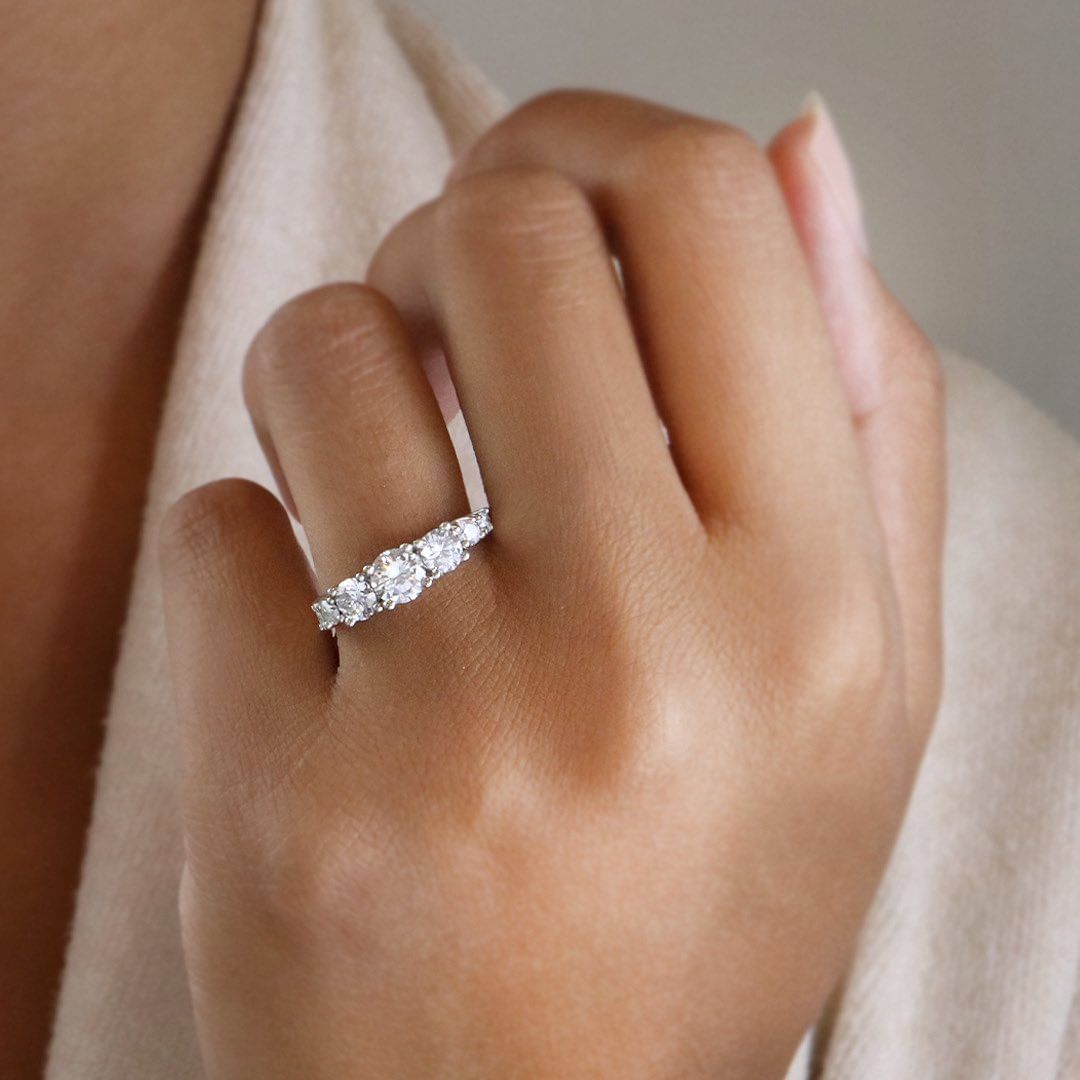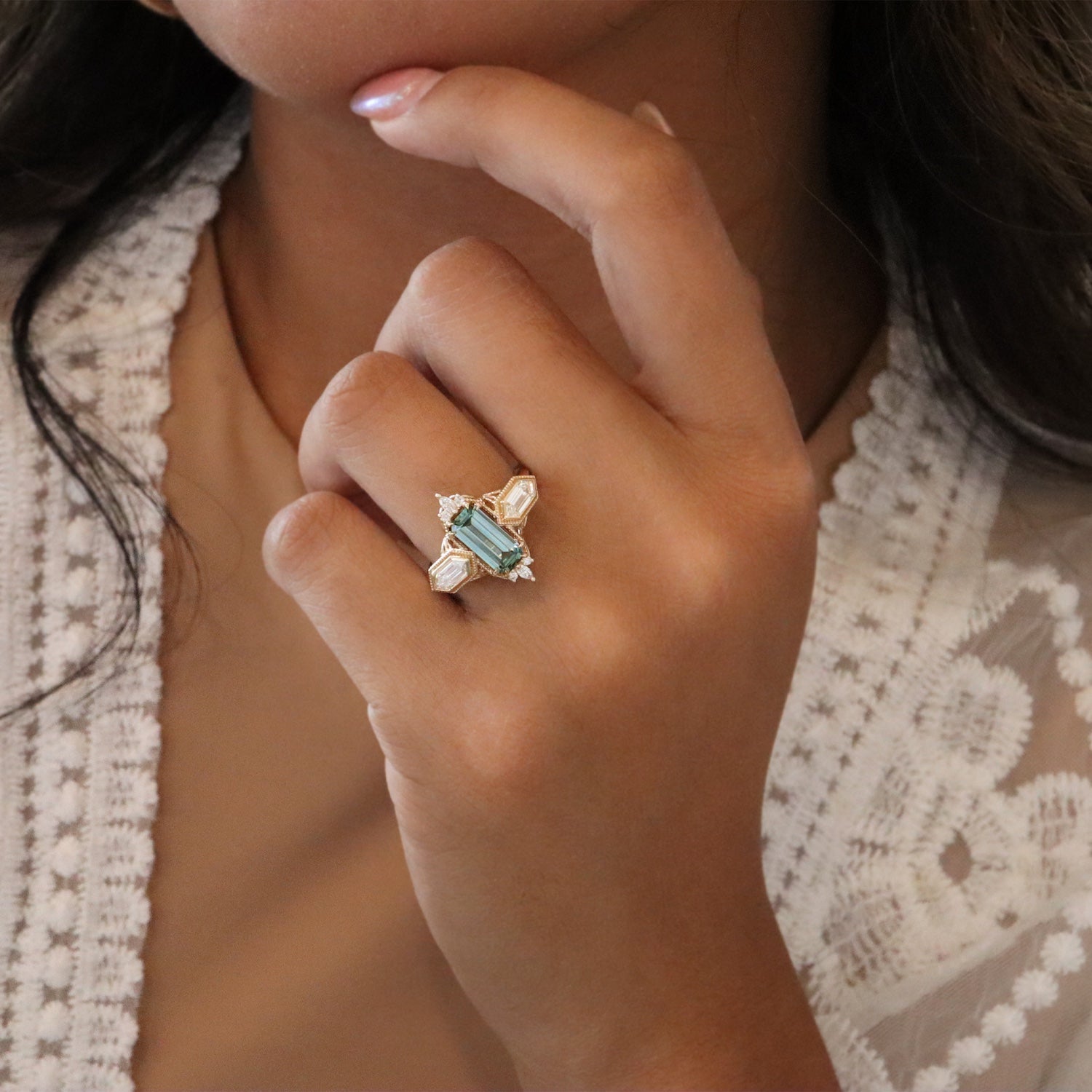The beauty of modern diamond shopping is having the power to choose what feels right for you. Whether you’re drawn to the Earth’s ancient creations or the brilliance of modern technology, we’re here to guide you every step of the way.
NATURAL VS. LAB-GROWN DIAMONDS
Giving You the Power to Choose
The beauty of modern diamond shopping is having the power to choose what feels right for you. Whether you’re drawn to the Earth’s ancient creations or the brilliance of modern technology, we’re here to guide you every step of the way.
Let's start by answering the most asked question.
Are Lab-Grown Diamonds Real? The answer is YES.
They have the same physical, chemical, and optical properties as natural diamonds. Advances in technology have made lab-grown diamonds virtually indistinguishable from natural ones without specialized equipment.
Understanding the Difference
The only difference lies in their origin.
Natural diamonds form over billions of years deep within the Earth carrying a unique geological journey that tell a story millions of years in the making.
Lab-grown diamonds on the other hand are created in a controlled environment using advanced technology that replicates the natural process. The result is a stunning, authentic diamond—just born above ground.
Factors to Consider When Choosing
Cost Difference
Lab-grown diamonds are significantly less than their natural counterparts of the same size and quality. This price difference is due to their more efficient and scalable production process, which doesn’t rely on the time and resources needed to mine natural stones. For many, this means the ability to choose a larger or higher-quality diamond while staying within budget—without compromising on beauty or authenticity.
Retaining Value
When it comes to holding value, natural diamonds have historically retained their worth better over time due to their rarity and long-established market demand. Lab-grown diamonds, while identical in appearance and quality, are more readily available and continue to decrease in price as technology advances. As a result, they currently have lower resale value compared to natural diamonds. If long-term value or potential resale is important to you, this is an important factor to consider when making your choice
Sentimental Value
Some clients feel deeply connected to the idea of a diamond formed over billions of years. That sense of history is irreplaceable.
Sustainability and Ethics
Lab-grown diamonds are often seen as a more sustainable option, but natural diamonds from reputable sources are now more traceable and responsibly mined than ever before.
Canadian Diamonds
As more people weigh the differences between natural and lab-grown diamonds, one important option stands out – Canadian Diamonds. Known for their ethical mining practices, traceability and high environmental standards, Canadian diamonds offer peace of mind for those who want a natural diamond with a more conscious footprint. Each stone is fully traceable back to its mine of origin, ensuring it’s conflict-free and responsibly sourced.
Our Approach
At Dana’s Goldsmithing we offer both Natural and Lab-Grown Diamonds in an array of sizes, shapes and qualities including Canadian certified Diamonds. Our goal is to educate and support you so that your final decision feels personal, informed and aligned with your values.
Whether your decision is solely based on cost, moved by the mystery of the Earth, or inspired by the innovation of science, the most important thing is that your diamond reflects you.
Your diamond. Your story. Your choice.


